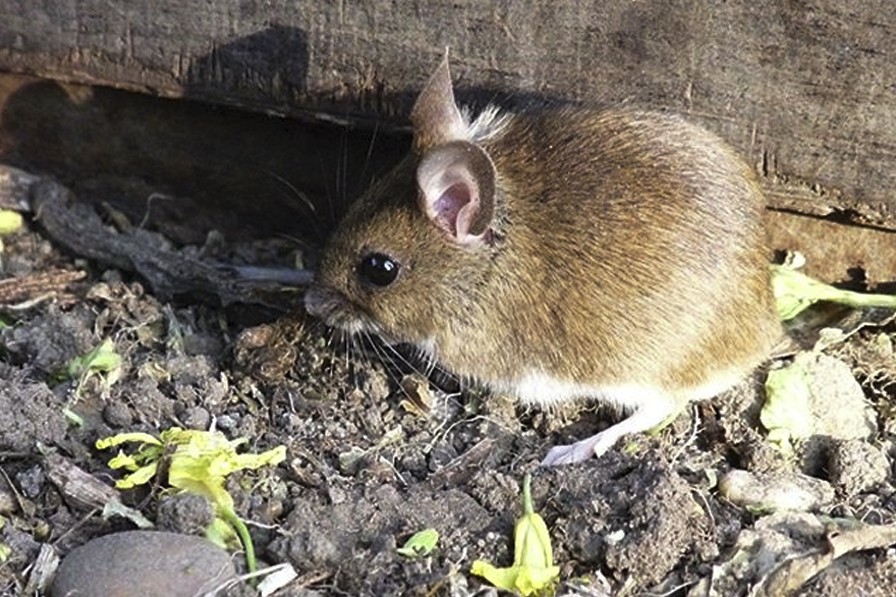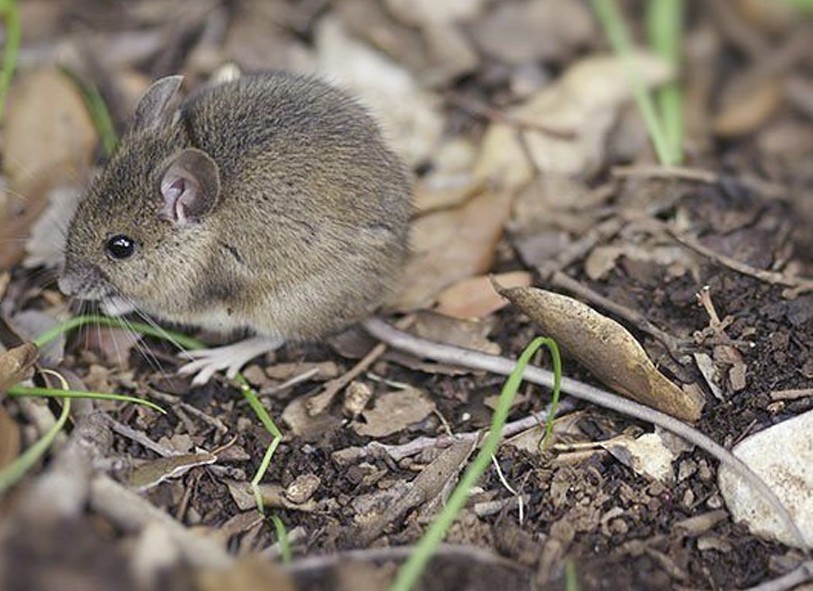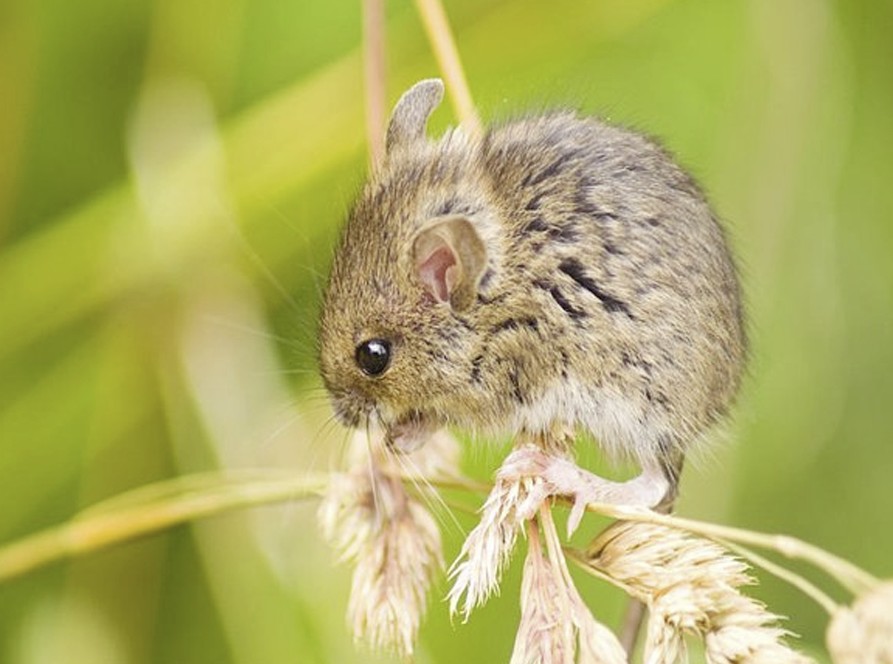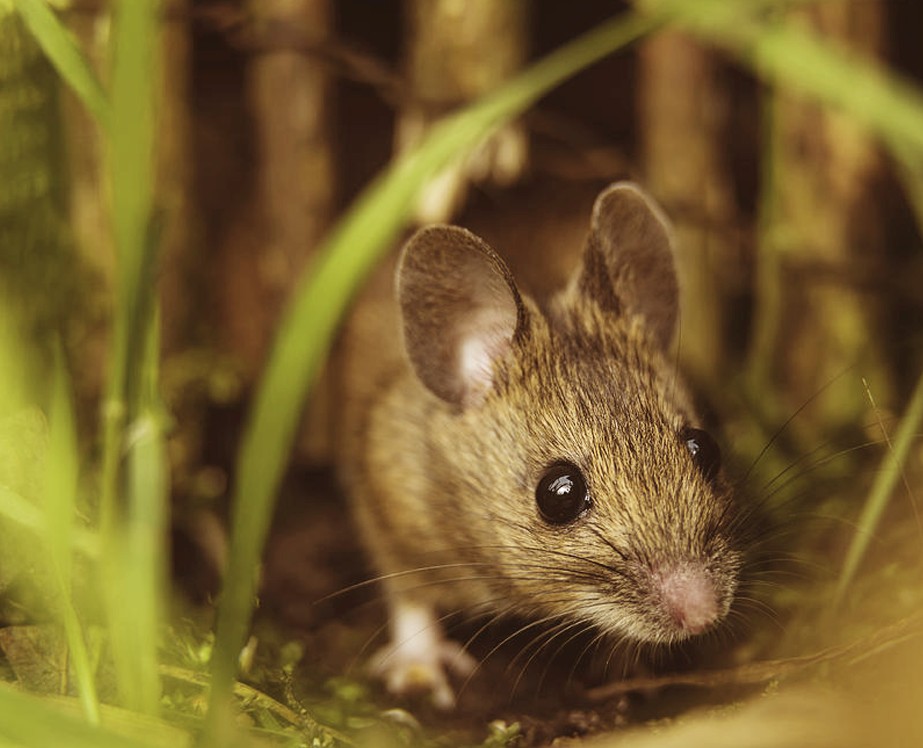Field Mouse
What is a Field Mouse?

Picture of a Field Mouse
What should you call this small and cute little creature? A long-tailed field mouse or ordinary field mouse or field mouse or simply wood mouse? No matter which name you choose, this mouse is a part of a very big animal family Muridae. It is common in the northwestern parts of Africa and the whole of Europe. It is termed as Apodemus Sylvaticus in the biological world. Today, we are going to discuss every bit of information about the field mouse. So, get ready to start learning.
Identification: How does a Field Mouse look?
The body and head of a field mouse range from 60 mm – 150 mm, it has got a tail that can vary from 70 mm -145 mm. Field mouse has a body that is covered with a layer of fur; however, the tail lacks fur. The upper body of this animal is a combination of yellow and beige. It can also be greyish brown, yellow and brown, the shade of sand, and can even have a slight red tinge.

Identification of a Field Mouse
The underparts of a field mouse are either a lighter shade of grey, white, or yellow. Its neck is flat and kind of rectangular with yellowish spots. The field mouse’s tail is not capable of grasping anything, and it has white feet.
You can distinguish the females from the male field rats because of some distinctive features. They have eight nipples, larger ears, and eyes. Female rat helps them to look for food in the dark and avoid the attack of predators. Their sense of smell is better than the males, which helps them to sense the hidden seeds.
Like other Murinae (subfamily) these mice have moderately small teeth. It has incisors which are sharp and always growing. When a field mouse gnaws at seeds and other food, the backside of the teeth wears away. It happens because of the layer of enamel only on the front and the side portion of the teeth.
What does a Field Mouse Feed itself on?
A field mouse feeds itself on roots, seeds, grains, nuts, berries, grain kernels, grasses, insects, and fruits. It also eats insects and snails.
Where can you find a Field Mouse?
As the name suggests, field. These mice love cultivated areas, grassy fields, forests, woodlands, and other places that provide them with shelter and habitable living conditions. The field mouse, however, moves into residential areas during winter and fall. However, they dig deep and create their own nest. The nest usually made of leaves and grass.
The field mouse is known to be excellent swimmers, climbers, and jumpers. They can be nocturnal; however, it is also believed that they can be crepuscular. Males occupy 109 m whereas female field mouse can adjust in 64 m. When the field mouse sense danger, they hop by using only their hind limbs.
Reproduction and Lifespan
Field mouse engages in mating during March to the early months of winter, and the female can give birth to four litters every year, and each litter consists of as many as four to seven field mice. A field mouse doesn’t live for more than four years.
Difference between a House Mouse and a Field Mouse
The house mouse has a uniform color that is a blend of grey and brown, all the way down to the tail. It has got small feet and large ears and eyes. The house mouse has a strong odor, and anyone around them can recognize them because of it. Their favorite food is cereal and consumes only three grams on a daily basis.
House mice as the name suggests have been living with humans and are found in residential places. They are native to Asia and are found almost everywhere. The house mouse is used in laboratories and is also domesticated. But, they are capable of transmitting diseases but not as much as the horrifying rats.
Now, comes the field mouse. It has a body cool that is not uniform throughout the body. The lower body is, and the upper body is mostly brown. Field Mouse doesn’t have a solid sense of smell, unlike the house mouse. They have larger feet and can hop around easily. These mice have smaller ears compared to that of the house mouse. They feed themselves on nuts, insects, fruits, seeds, berries, fungi, and nuts.
The field mouse went by the name of a wood mouse, and it is very common in the United Kingdom. They live deep inside the burrows by creating their own nests. One will rarely find a wood mouse or field mouse in houses. They love to stay in the fields, woods, and open spaces.
Control Tips : How to get rid of Field Mouse?
There are several ways you can deal with a mouse infestation. They not only spread diseases but are a form of severe nuisance. Here are a few ways to deal with them.
Try Peppermint Oil
Yeah, you might like the calming smell however a mouse doesn’t. They are repelled by the strong smell and will not come anywhere near it. All you have to do is dip cotton balls in peppermint oil and place it at different places in the house.
Prevent them from entering
In order to take care of field mouse, you have to prevent them from entering your house. Rodent-proof your house helps to prevent their entry. They can enter your house from any small opening. Check whether a hole is big enough for a pencil – if it is then it is big enough for a mouse. So, go ahead and seal it. You can use steel wool.
A field mouse doesn’t live in and around humans, but they keep insects in control by consuming them. They are super-fast and will hop away before you can even spot them. In order to get past the cold winter months, the field mouse will create nests or try caulking.
Cat litter
Cats will obviously keep mice away. However, if you don’t have one how about using their litter from someone you know? They will never dare to enter your house once they smell the cat urine and feces.
Cut out the food
Anything that they might love to eat should be removed. This includes pet food, bird food, leftovers, and cardboard. Cookies and bread crumbs will attract them even more. Keep everything in sealed containers. Don’t use airtight packets because they can easily get inside it. Choose nothing but metal.
Don’t make it habitable for them
If you don’t want them to live in your house, don’t create a habitable atmosphere for them. Keep your garden clean. Trim the trees, shrubs, and remove every kind of piles, debris, and other types of hiding spots. Make sure your compost storage is tidy.
The combination of Cocoa and Plaster of Paris
Make a mixture of Cocoa powder and Plaster of Paris. Use equal quantities of both. The field mouse will be attracted to the smell of cocoa powder. It will eat it. But, when it drinks water, the Plaster of Paris will harden in its stomach and result in its death.
Keep them off your Garden
A garden has berries and seeds, and both are a favorite food of the field mouse. They have the potential to destroy your garden. From patio furniture to plants, everything will be ruined. Their droppings are dangerous as they transmit a lot of diseases. The field mouse can even get inside your car’s engine to keep themselves warm. You can use lavender, spearmint, onions, oregano, wintergreen, and peppermint. Plant these or leave cotton balls soaked in their juices and oils all over the garden.
Ways to kill field mouse
If you don’t have time to chase them away, it is better to kill them. There are several options that you have in order to get rid of the field mouse for once and all.
- Mousetraps are easily available in the market. Place a small piece of food in one end. A field mouse will come to eat it and eventually die by getting trapped.
- Bait Stations might seem a bit high profile. They will go to eat the bait you have placed and eventually die.
Pictures
Want more pictures of Field mouse? Here are few for you:





Facts
Facts about the field mouse that you didn’t know:
- They have soft feet helps them to climb.
- Field mouse has four toes in the front and five toes on its back feet.
- The field mouse holds the food with its two front feet and makes it easier for them to eat.
- A field mouse gives birth to seven litters, each consisting of four to seven young ones.
- It sheds its skin that is present on the tail in order to escape the clutches of predators.
- Come autumn, the United Kingdom experiences 114 million field mice, but only a small portion of it survives the winter.
